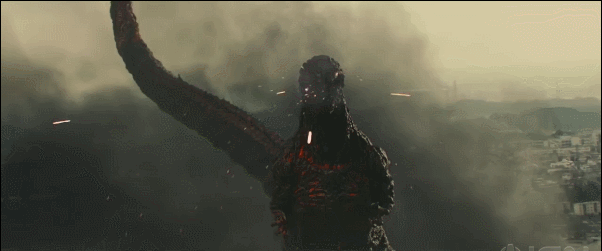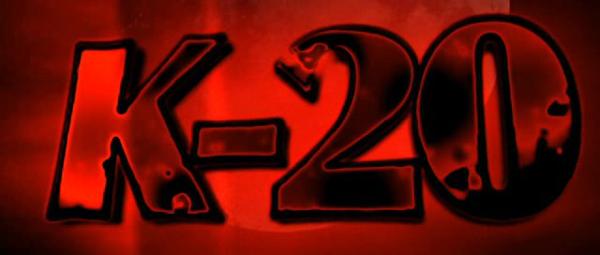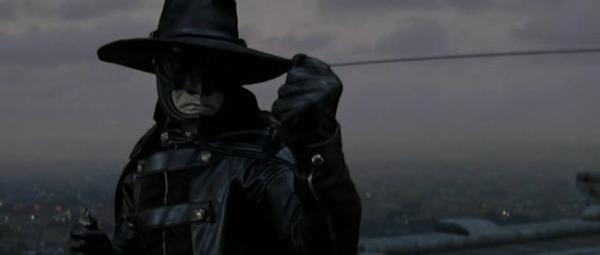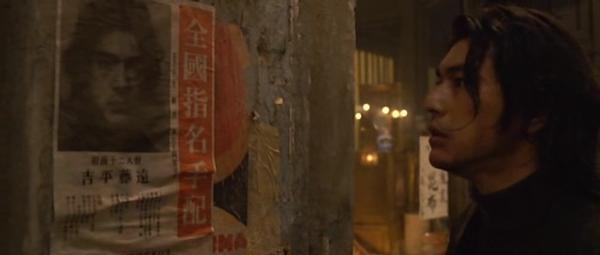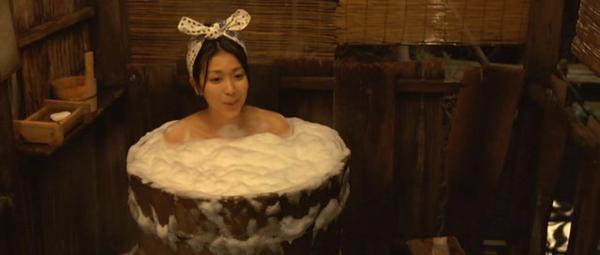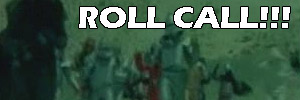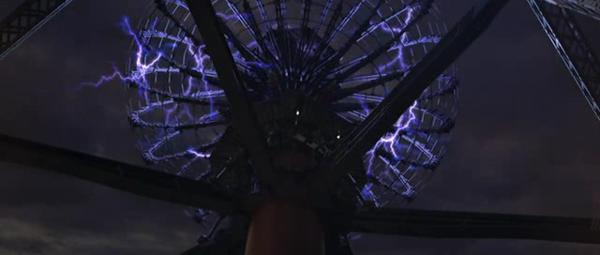Manhunt
aka 追捕

2017![]()
Script by Lip Wang-Fung, Gordon Chan Ka-Seung, and James Yuen Sai-Sang
Based on the book Kimiyo Funno no Kawa wo Watari by Juko Nishimura
Directed by John Woo

John Woo returns to the world of action cinema to show us that he still….uh…he still can make a movie? With some action scenes? That’s about it, because Manhunt is decisively not in the tradition of classic John Woo action and is more in the tradition of ridiculous scenes wrapped around an overly complicated plot. So basically it’s like a benchwarmer Hong Kong action flick. It isn’t terrible, but it’s like Gordon Ramsey making you waffles and they taste worse than McDonalds. Part of the problem might be that this is a big coproduction between China and NetFlix, packed with a great cast who get parts that are either wasted or follow trajectories that we already know their outcome. Tragically, some of theme don’t even get to ham it up before they buy the farm!
Lawyer Du Qiu (Zhang Han-Yu) , the best lawyer in all of Japan, is leaving his cushy job at a pharmaceutical mega-conglomerate for another position. But the pharmaceutical company is up to no good, and before Du Qiu can move to Bel Air, he’s framed for murder and is on the run! Don’t worry, there is also a super duper detective named Satoshi Yamura (Masaharu Fukuyama ), who is hot on Du Qiu’s trail despite figuring out that Du Qiu is innocent and there is a bigger story at play. Hey, he’s still got to do his job! Du Qui and Yamura’s disagreement on whether Du should be sitting in a cell while they sort out what is what causes the crux of a lot of action sequences, as Du Qui manages to escape large police pursuits again and again. Toss in a mysterious woman (Stephy Qi Wei as Mayumi) whose almost husband used to work for the villainous megacorp (and was later killed on their wedding day after losing a big case thanks do Du when he tried to stop what was going on) and Ha Jiwon and John Woo’s daughter Angeles Woo as two female assassins who randomly show up to shoot everyone (when Ha Jiwon and Du aren’t talking about old movies), and you got a film that can’t find its focus. This is before it suddenly goes all Marvel. But more on that is spoiling things…

Continue reading




